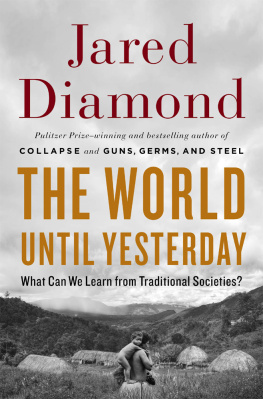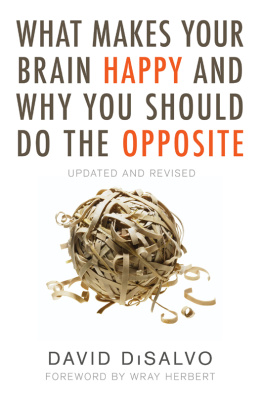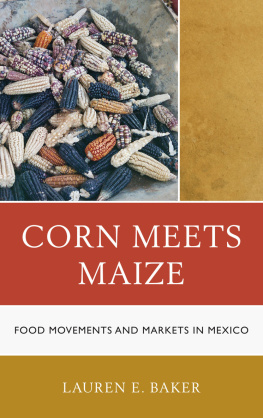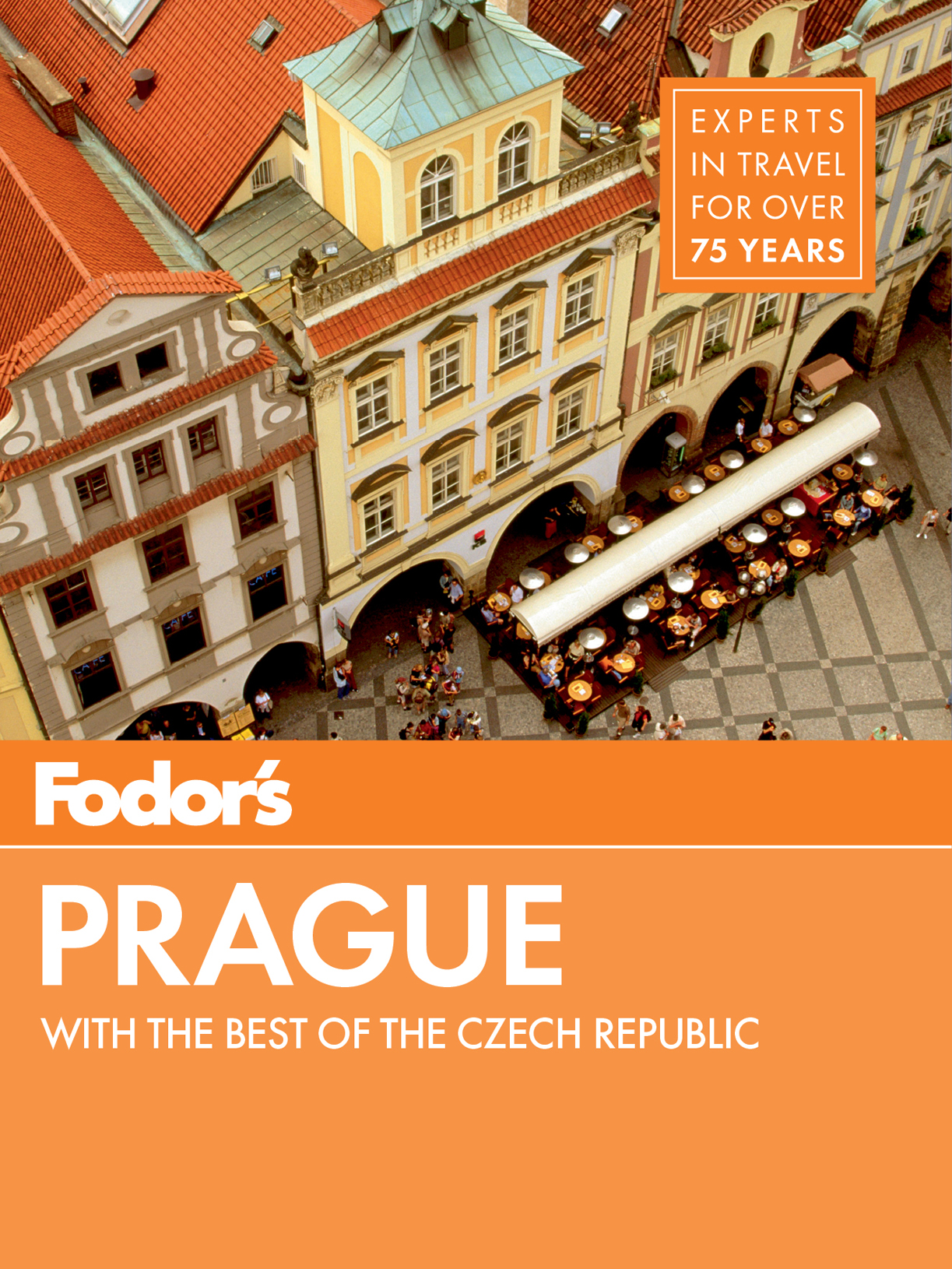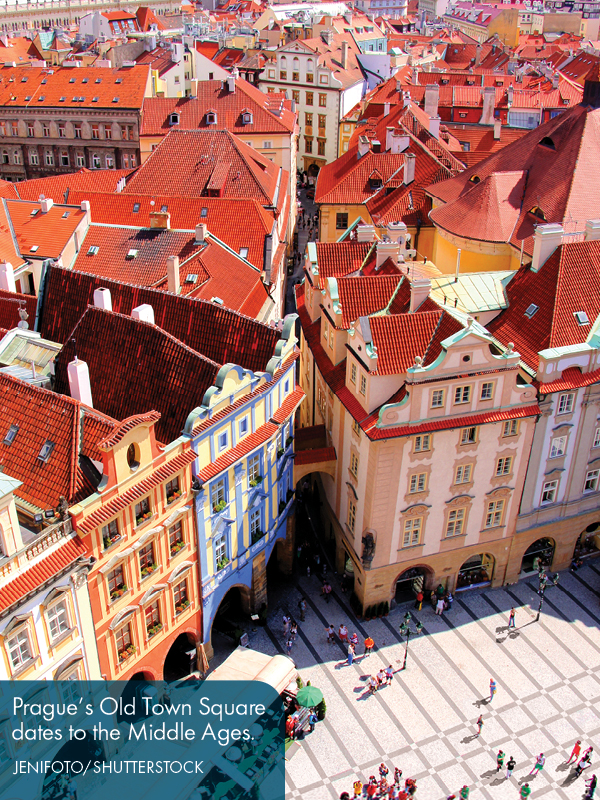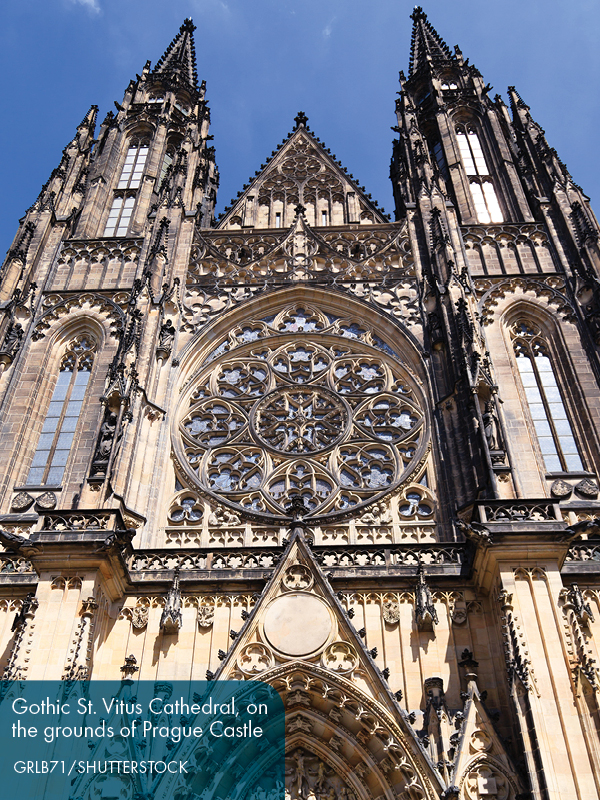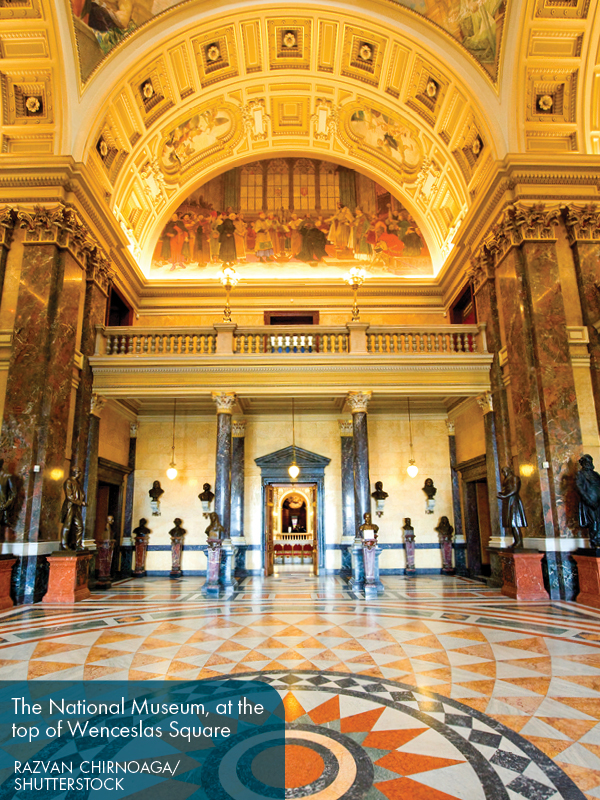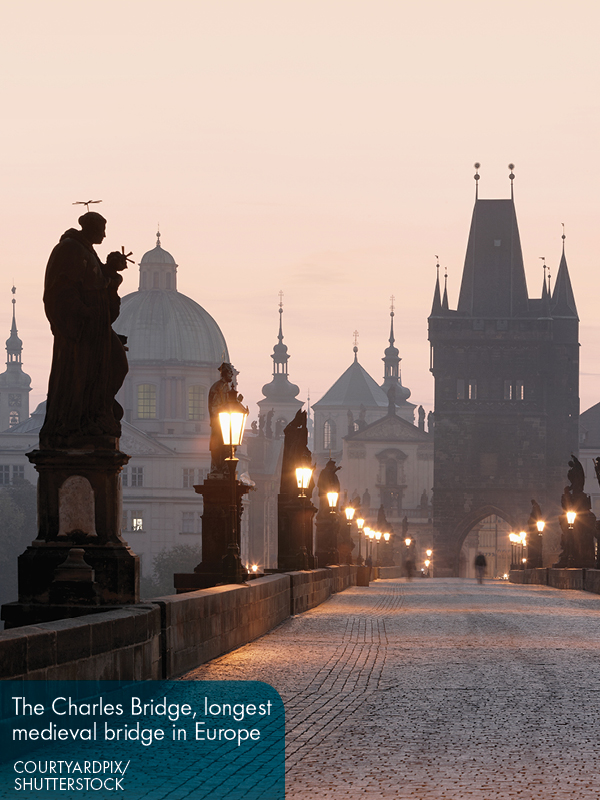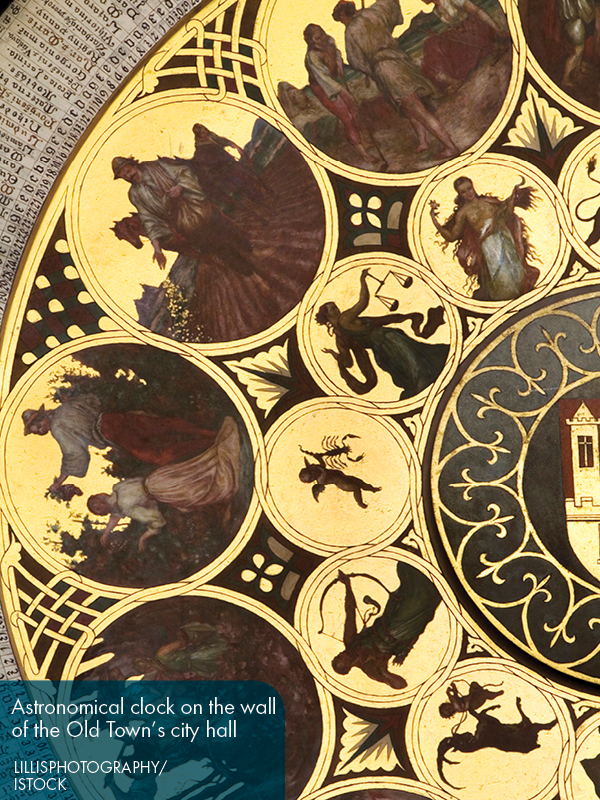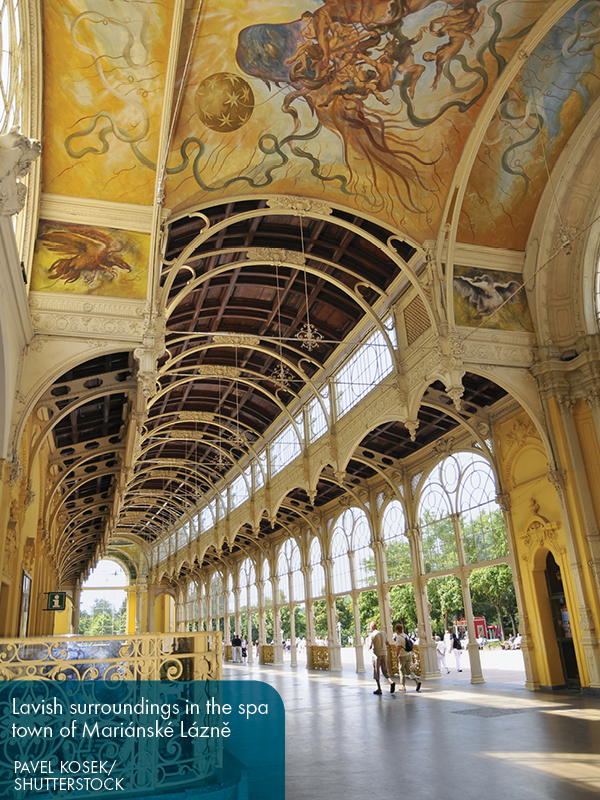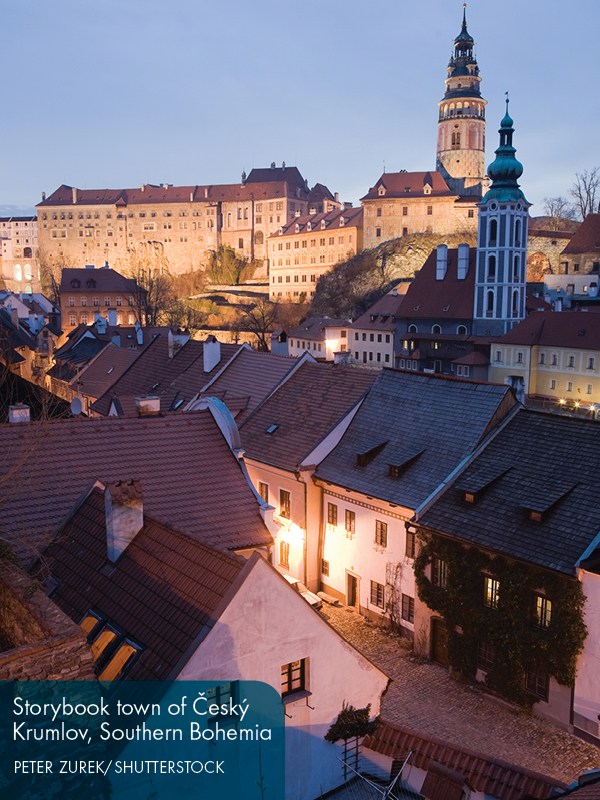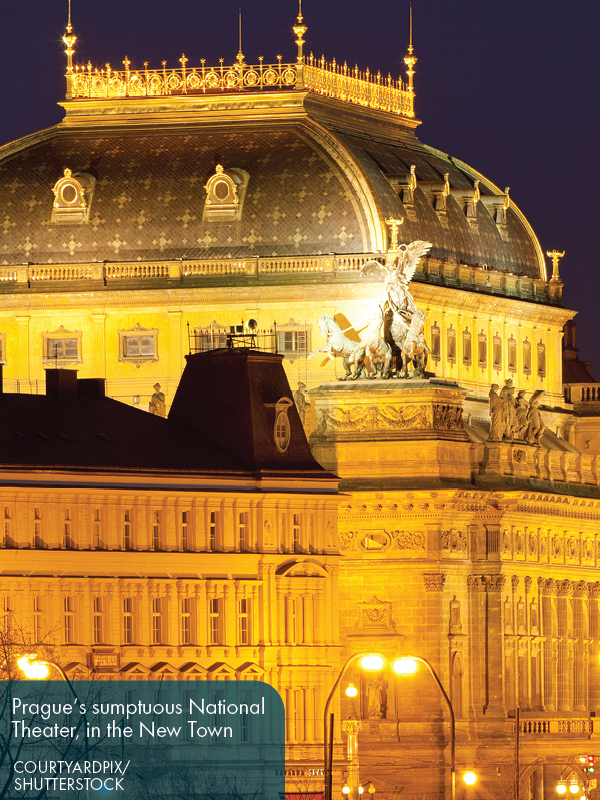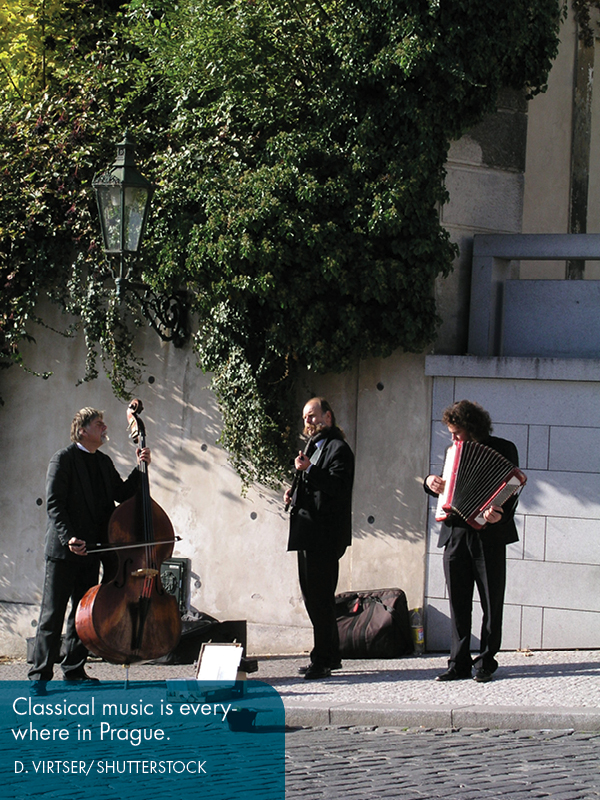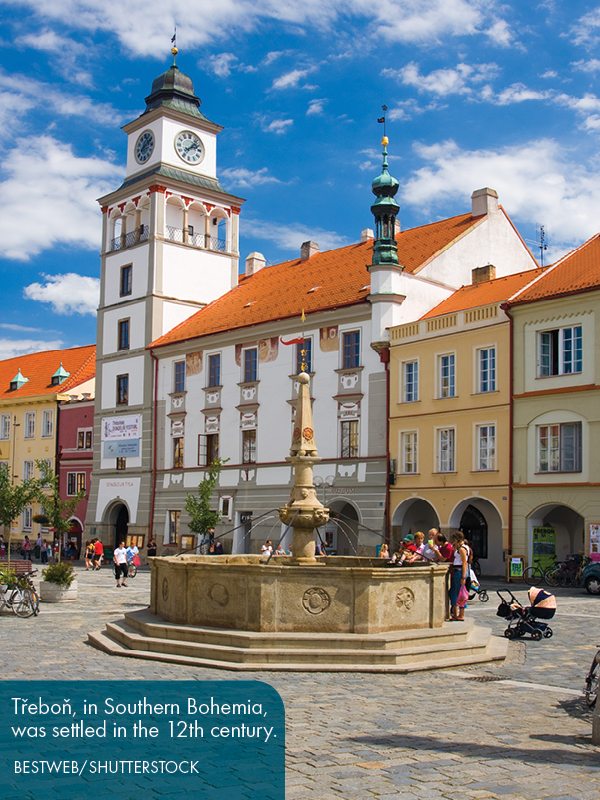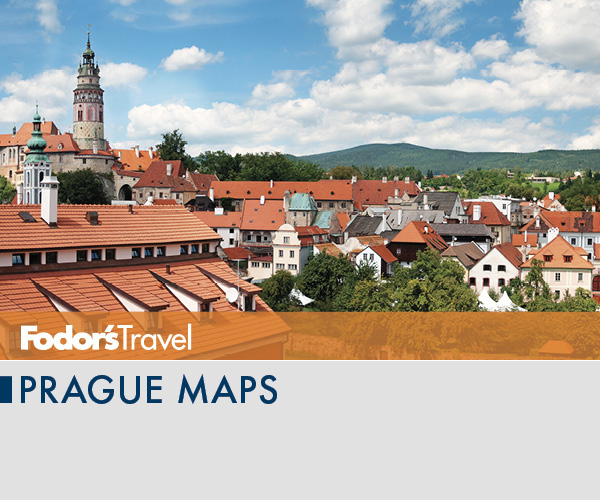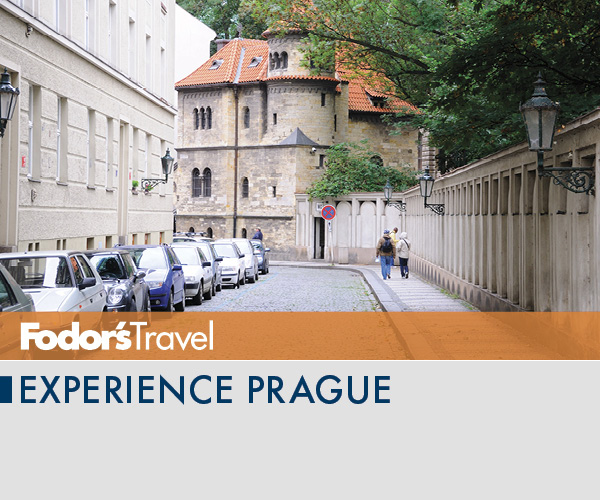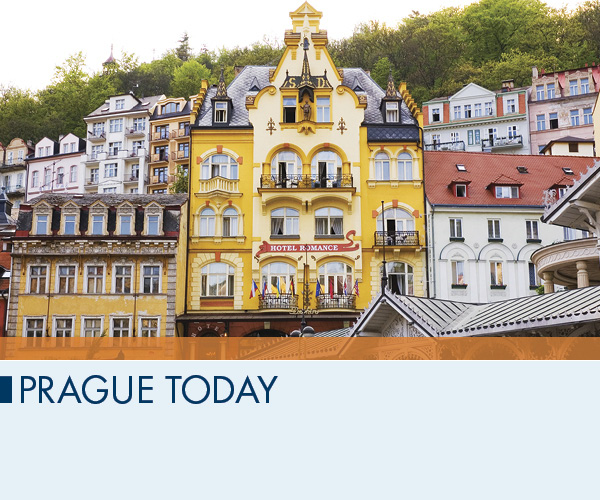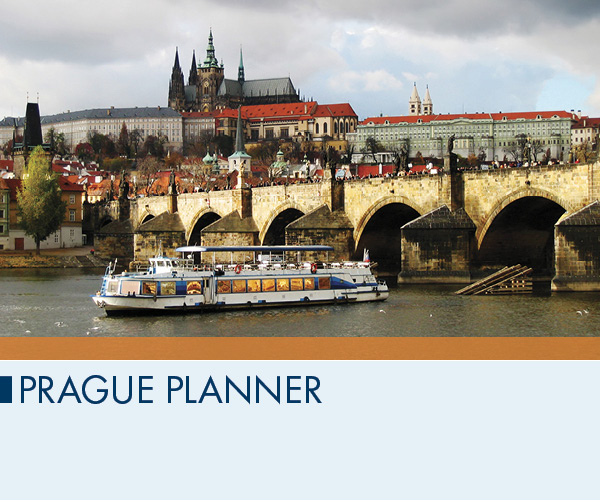The City of a Hundred Spires is staggeringly beautiful, but it seems to have lost a bit of the swagger it had a decade ago when it was the travel industrys golden child. But, thats not such a bad thing, because theres a new air of maturity, and people are realizing that the city can no longer rest on its architectural and historical laurels. Part of this renewed sensibility can be traced to the death of former president Vclav Havelan international icon and hero of the 1989 Velvet Revolutionin 2011. The second came in 2013, when Prague experienced another major flood in little more than a decade. Both events were a reminder that good things should never be taken for granted. The result is a city thats palpably more introspective, and perhaps a bit more appreciative of the thousands of visitors who come here each year.
Todays Prague
is constantly beautifying itself. Deep down Prague must have some kind of inferiority complex. What else could explain the perpetual need to make a beautiful city even more beautiful? A few years ago, city officials closed Charles Bridge for a two-year makeover, and then they worked on Prague Castles Golden Lane. Now, theyve set their targets on the very emblem of the city atop Wenceslas Square: the National Museum. The grande dame of city museums has been shuttered until at least 2015 (and probably longer) to make way for a thorough renovation inside and out. And just down the road from the museum, the main train station (Hlavn ndra) remains in the throes of a multiyear rehab that will hopefully restore some beauty and dignity to the station, that for years, truth be told, has been something of an eyesore.
is feverishly building for the future. For city planners, it seems, theres no rest for the weary. After spending the first decade post-Velvet Revolution apparently pondering what capital improvements might be needed, planners have seemingly embarked on everythingat the same time. So while metro builders are busy extending metro Line A (eventually) to the airport (and ripping up the main access road, Evropsk tda, in the process), highway construction crews are tearing up even more roads to make way for the massive Blanka Tunnel. This is just one component of a road system that will eventually relieve traffic (or so they say). Most visitors to the center wont notice much of this, but for residents it all adds up to one big bordel (literally bordelloCzech slang for big mess).
is recovering from the crisis. One way to deal with a crisis is to pretend its not happening. That seems to be the response by city leaders to the euro crisis that struck Europe in 2009 and only now, at this writing, seems to be abating. So while much of Europe went into austerity mode, Prague went nuts on big-time capital and rebuilding projects. For visitors, the results are undeniably positive. While the Czech Republic as a whole is just now recovering from a multiyear recession, the city of Prague still feels like the good times never left. Standing amid the revelry on Old Town Square, you too might wonder, crisis, what crisis?
is still paying for everything with korunas. The Czech Republic was among the first of the former Eastern Bloc nations to be admitted into the European Union, in 2004. At the time, it was the shining star of the former communist countries (in yearbook terms, the country would have been voted most likely to succeed). The Czechs, however, have yet to adopt the EUs common currencythe eurodespite innumerable promises and passed deadlines. Politicos now say adoption wont come until 2017 (and the governor of the Czech National Bank is on record as saying he thinks 2019 is more realistic). So what gives? Well, mostly, the euro crisis of the past few years greatly dented the euros prestige. With the Czechs only now slowly digging themselves out of the economic crisis, theres no great push to join the common currency. And truth be told, they probably dont need to. Prices are stable and the countrys accounts are still solid.
Updated by Mark Baker
Full of fairy-tale vistas, Prague is beautiful in a way that makes even the most jaded traveler stop and snap pictures. The city is physically divided in two by the Vltava River (also sometimes known by its German name, the Moldau), which runs from south to north with a single sharp turn to the east.
Originally, Prague was composed of five independent towns: Hradany (the Castle Area), Mal Strana (Lesser Quarter), Star Msto (Old Town), Nov Msto (New Town), and Josefov (Jewish Quarter), and these areas still make up the heart of Praguewhat you think of when picturing its famed winding cobblestone streets and squares.
Hradany, the seat of Czech royalty for hundreds of years, centers on the Prask hrad (Prague Castle)itself the site of the presidents office. A cluster of white buildings yoked around the pointed steeples of a chapel, Prague Castle overlooks the city from a hilltop west of the Vltava River. Steps lead down from Hradany to the Lesser Quarter, an area dense with ornate mansions built for the 17th- and 18th-century nobility.


